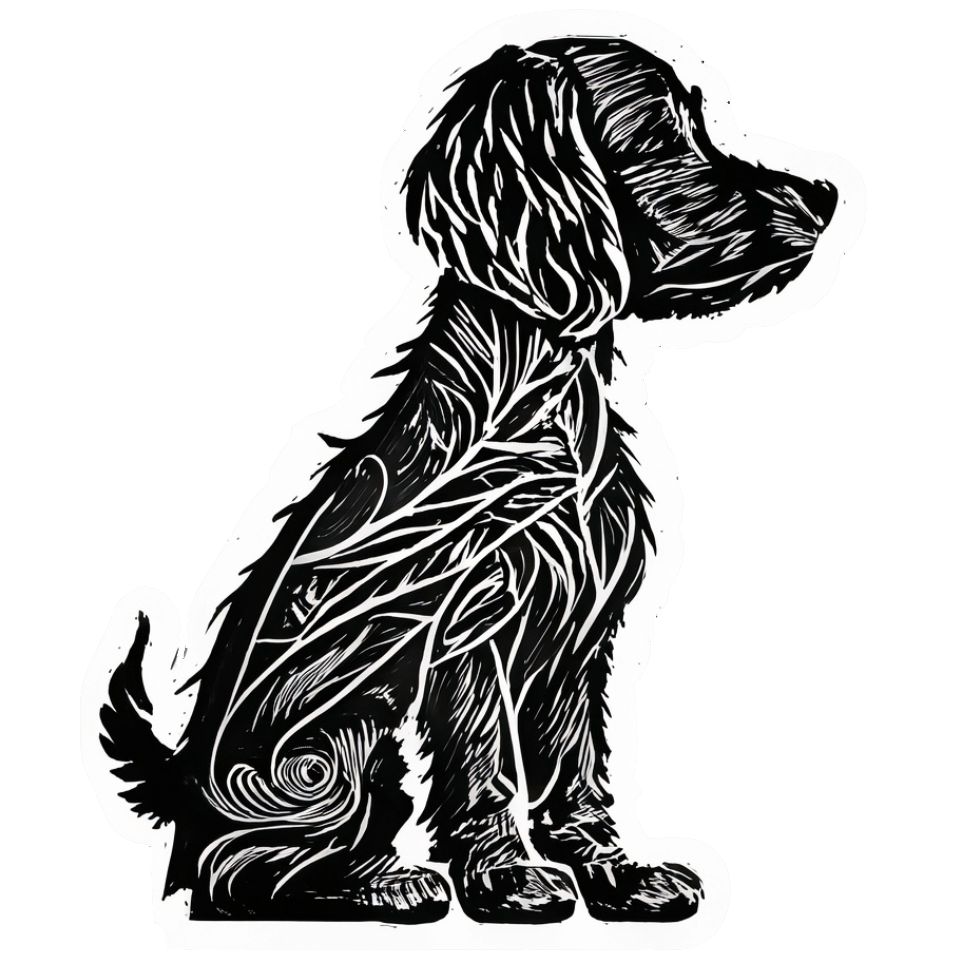Canine Companions and Cultural Icons

The bond between humans and dogs transcends mere companionship. Over millennia, specific breeds have woven themselves into the cultural, historical, and even spiritual fabric of societies around the world. In this article, we’ll embark on a global expedition, discovering the profound cultural significance of dog breeds and their indelible impact on human civilizations.
European Breeds: Symbols of Royalty and Valor
- Corgis (UK): Beyond being beloved pets of the British royal family, Corgis are steeped in Welsh folklore, believed to be enchanted dogs gifted to humans by fairies.
- Saint Bernard (Switzerland): Revered as alpine rescuers, these dogs have become emblematic of Swiss mountain culture, saving countless lives in treacherous terrains.
Asian Breeds: Spiritual Protectors and Imperial Companions
- Lhasa Apso (Tibet): Believed to be the earthly incarnation of mythical Tibetan guardian lions, they were revered monastery guardians and considered bringers of good luck.
- Pekingese (China): Treasured by Chinese royalty, especially during the Tang dynasty, they were considered semi-divine and were symbols of imperial elegance.
African Breeds: Tribal Totems and Desert Navigators
- Saluki (North Africa & Middle East): Often dubbed the “Royal Dog of Egypt,” ancient Egyptian pharaohs treasured these graceful hunters, and they feature prominently in ancient art and hieroglyphs.
- Africanis (Southern Africa): Integral to many tribal cultures, they’re not just hunting companions but also feature in tribal lore and rituals.
American Breeds: Native Companions and Colonial Legacies
- Xoloitzcuintli (Mexico): Revered by the Aztecs and considered guides to the afterlife, these hairless dogs are national treasures and symbols of Mexican heritage.
- Alaskan Malamute (North America): Central to the Inuit culture, they’ve been indispensable companions, aiding in hunting and transportation across icy terrains.
Australian & Oceanian Breeds: Outback Icons and Island Guardians
- Dingo (Australia): While often seen as wild canids, Dingoes hold a special place in Aboriginal culture, featuring in dreamtime stories and considered both a friend and a foe.
- Kuri (New Zealand): Now extinct, these dogs were integral to the Maori culture, serving as companions, hunters, and even featuring in tribal rituals.
Dogs, in their myriad breeds and forms, are more than just pets or working animals; they are living tapestries of human history and culture. From royal palaces and ancient monasteries to tribal huts and desert tents, these breeds have witnessed the unfolding of human civilizations, becoming symbols of our shared heritage. Dogipedia invites you to delve deeper into the cultural significance of these breeds, offering stories, insights, and a celebration of our shared history with these canine companions. As we explore the rich tapestry of breeds and their cultural narratives, we’re reminded of the timeless bond between humans and dogs—a bond that transcends borders, cultures, and epochs. Join us in this journey, celebrating the dogs that have not just lived alongside us but have shaped our stories, legends, and very identities.
